Promoting a Love of Reading
Today, we visited the library for our weekly love of reading session (my favourite part of the week). We had the chance to sit in the library, relax and read. When we’re reading, we have our writing books with us in case we come across any vocabulary that we’d like to ‘magpie’ for our writing. If we find a word or phrase we like, we jot it down in our personal dictionaries.
We also use this time to read with an adult in our guided reading groups. We discuss what we’ve read and if we’re enjoying it.
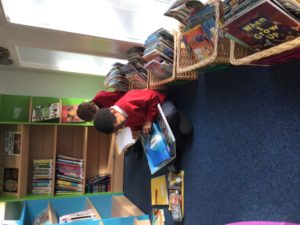

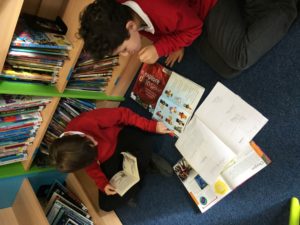
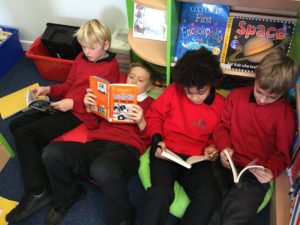
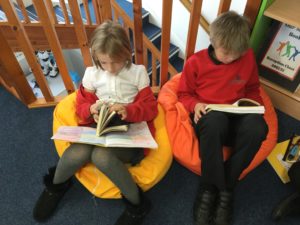
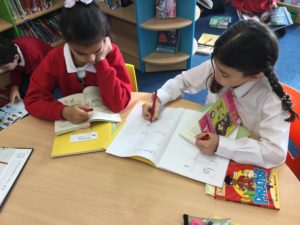

Help at home by encouraging your child to read regularly. Even better, read with them!
Den building
Linking in with our current Big Topic, Explorers, Year 4 have been thinking about shelters and dens. These, of course, are an absolute necessity when exposed to the elements! This morning, the children set to work on building their very own dens. Loaded with sheets, pegs, clothes horses and much more, the teams set to work.
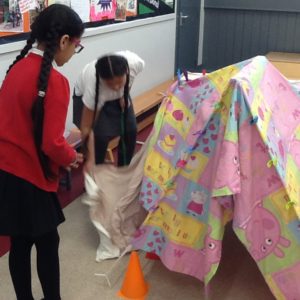
Attaching the material to various supports proved quite a challenge.
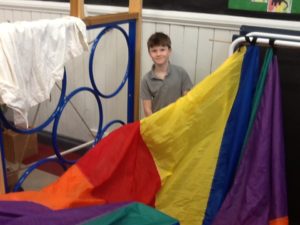
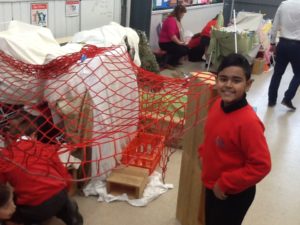

Having a shelter is important when you’re an explorer!
All the children worked well together and were able to overcome a few construction issues. As the dens started to take shape, the teams suggested improvements for their designs and compromised with their ideas.
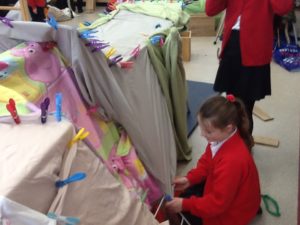
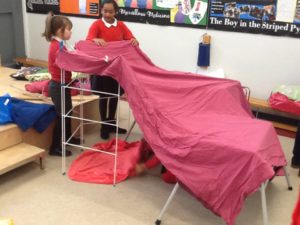
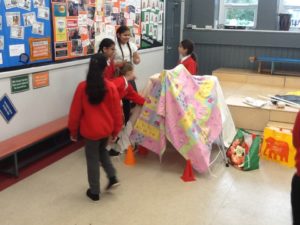
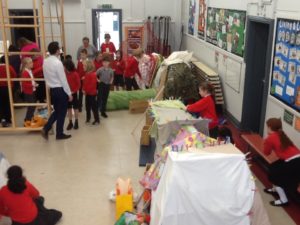
The finished dens were stable, well constructed and fairly strong. However, all the dens were separate to each other so we decided to link them together.
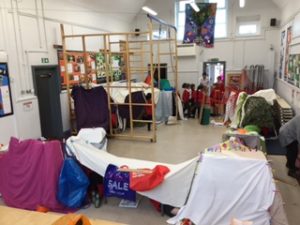
Using tunnels and more sheets, the children successfully managed to join all the dens together, creating one big one!

Finally, the dens were complete!
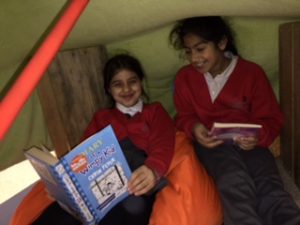
Time to relax and read inside on some cosy cushions.
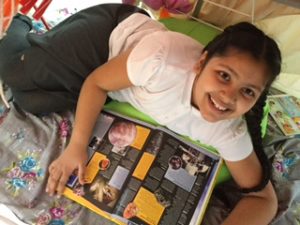

Even a spot of meditation.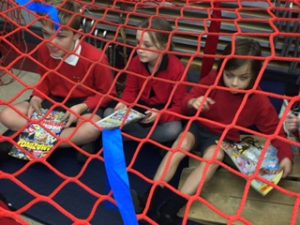

A big well done to all the children!
Such great fun!
Marvellous Maths Learning
In our maths lesson today, we carried out a little investigation (LO: square numbers). We were given 36 counters and had to arrange them in as many different arrays as we could.
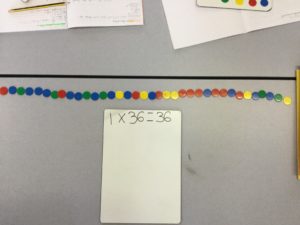

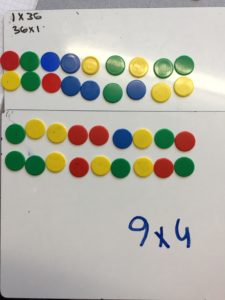
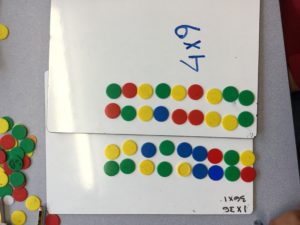
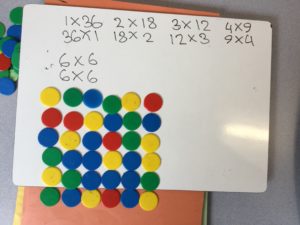
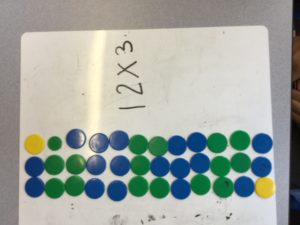

However, one array in particular seemed to be different to the others:

We noticed this array was shaped like a square. Without realising, we’d taught ourselves what square numbers are. We then used the counters to show other square numbers. Now that we were confident identifying square numbers, we had a go at some pretty tricky reasoning.
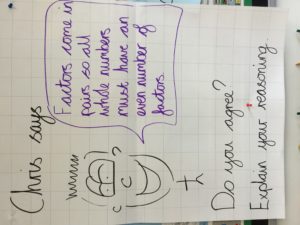
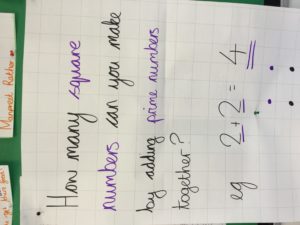
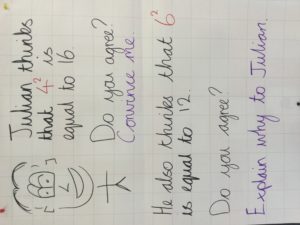
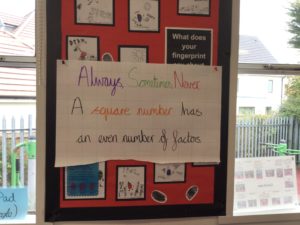
Some of us applied our knowledge to this super challenging challenge:
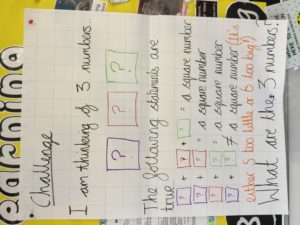
We haven’t been able to solve it (YET!) but we will do. I was super impressed by how resillient everybody was and it was great to see people working together to tackle all of the reasoning and problem solving questions.
It also made for some particularly interesting self assessments:
- ‘I enjoyed having to be resilient.’ Ripley
- I found the challenge (very) hard but I tried and tried and I know feel confident.’ Amrit
- ‘I feel proud because I was resillient.’ Ethan
Gymnastics
Today in PE, we practised our balancing and jumping skills for gymnastics. We’ll be focussing on gymnastics in our Wednesday PE lessons for the next half-term.
In today’s lesson we worked together to create a range of balances before learning how to do a headstand. We’re not quite there yet but we have a much better understanding of the technique needed to perform this tricky balance. We also know how to do this safely – even how to fall safely if we lose our balance. Some of us could already perform a headstand so we acted as coaches to help everyone else through the various stages of a headstand.
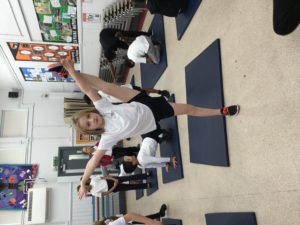
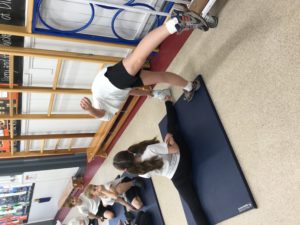
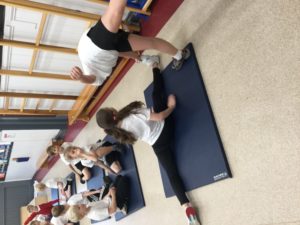
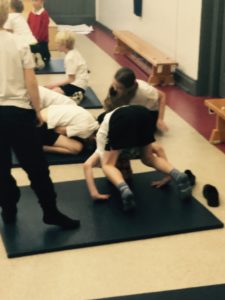
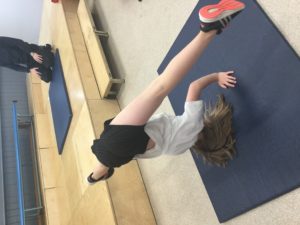
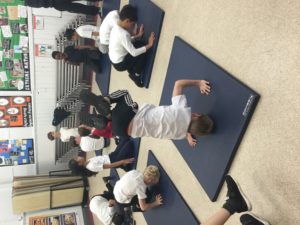
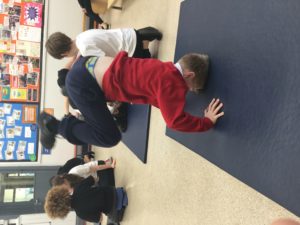
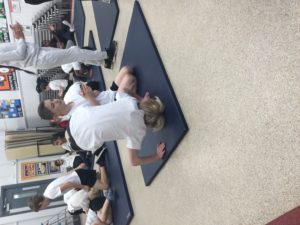
A word of caution – don’t try this at home!
Fountains Abbey trip
Today, Y5 and Y6 visited Fountains Abbey as part our Explorers topic. The trip was particularly exciting because each group were able to plan their own exploration of this National Trust site.
Whilst some of us were off exploring the Studley Royal Gardens, the rest of us were spending ‘A Day in the Life of a Monk’. In this fun workshop, led by National Trust volunteers, we visited the abbey, learnt lots about its history and learnt how monks lived their fascinating lives. Did you know that monks considered heating using a fire a luxury? Or, that they had seven church services a day and one in the middle of the night? Even harder to imagine, they lived almost their whole life in silence. (Some of us would certainly struggle with the last one!)
When exploring, we each had a role to play within our group: map-reader, photographer, visitor surveyor, artist and time-keeper. We were in charge of making sure we visited the places of interest the people in our group wanted to see and had to ensure we were back at our ‘base’ at the correct time. It was really fun to politely approach members of the public and carry out a visitor survey (a geography fieldwork skill). Can you believe that someone had travelled all the way from the USA?
To enhance our geography learning from the classroom, we continued to compare Fountains Abbey with Machu Picchu. We found lots of similarities: they have similarly interesting histories, they are both ruins, they first became ruins in quite similar ways, both places were used by religious people to celebrate a god and we found out that farming was crucial in both places.
We all had a great time and will certainly sleep tonight (the adults will anyway). As always, the children were fantastic ambassadors for our school and we received several compliments from the public.
Here’s some quotes from the day:
- ‘I love nature now!’
- ‘It was great that we chose which parts of Fountains Abbey we wanted to explore.’
- ‘My favourite part was learning how a monk loved their life!’
- ‘It was great finding out about the life of a monk!’
- ‘It was really fun to go for a walk in a nice place!’
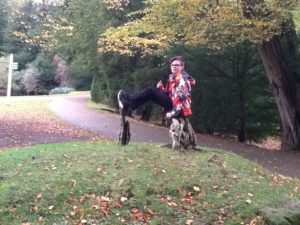
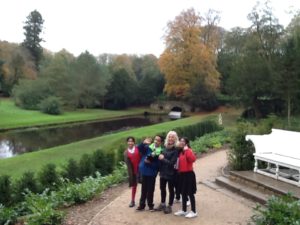
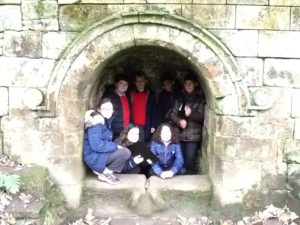
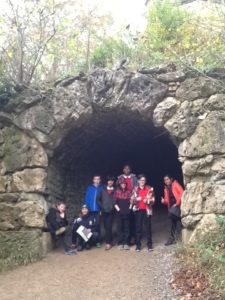


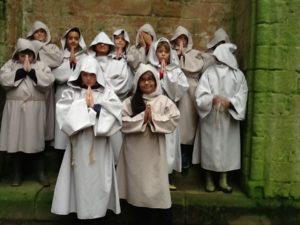
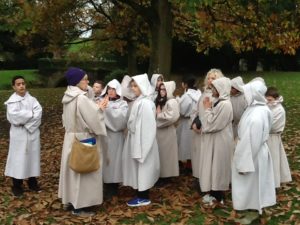
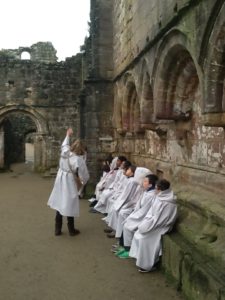

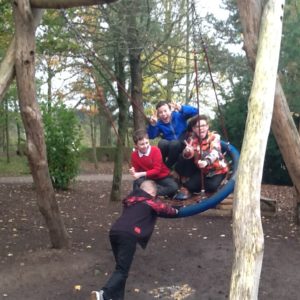
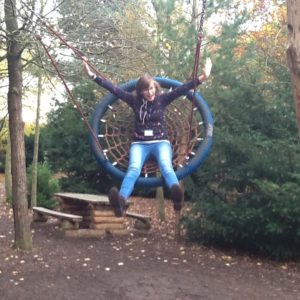
Fountains Abbey trip
Today, Y5 and Y6 visited Fountains Abbey as part our Explorers topic. The trip was particularly exciting because each group were able to plan their own exploration of this National Trust site.
Whilst some of us were off exploring the Studley Royal Gardens, the rest of us were spending ‘A Day in the Life of a Monk’. In this fun workshop, led by National Trust volunteers, we visited the abbey, learnt lots about its history and learnt how monks lived their fascinating lives. Did you know that monks considered heating using a fire a luxury? Or, that they had seven church services a day and one in the middle of the night? Even harder to imagine, they lived almost their whole life in silence. (Some of us would certainly struggle with the last one!)
When exploring, we each had a role to play within our group: map-reader, photographer, visitor surveyor, artist and time-keeper. We were in charge of making sure we visited the places of interest the people in our group wanted to see and had to ensure we were back at our ‘base’ at the correct time. It was really fun to politely approach members of the public and carry out a visitor survey (a geography fieldwork skill). Can you believe that someone had travelled all the way from the USA?
To enhance of our geography learning from the classroom, we continued to compare Fountains Abbey with Machu Picchu. We found lots of similarities: they have similarly interesting histories, they are both ruins, they first became ruins in quite similar ways, both places were used by religious people to celebrate a god and we found out that farming was crucial in both places.
We all had a great time and will certainly sleep tonight (the adults will anyway). As always, the children were fantastic ambassadors for our school and we received several compliments from the public.
Here are some quotes from the day:
- ‘I love nature now!’
- ‘It was great that we chose which parts of Fountains Abbey we wanted to explore.’
- ‘My favourite part was learning how a monk loved their life!’
- ‘It was great finding out about the life of a monk!’
- ‘It was really fun to go for a walk in a nice place!’
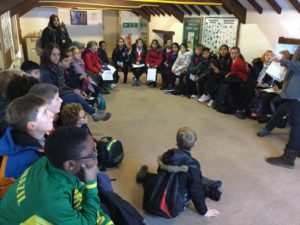
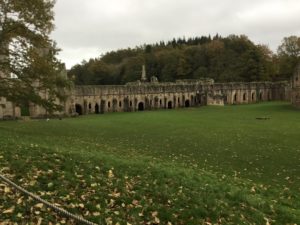
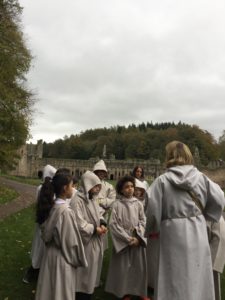
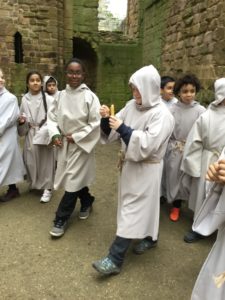
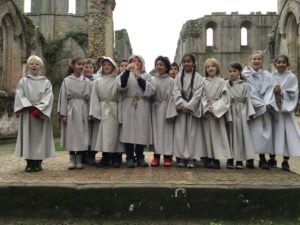
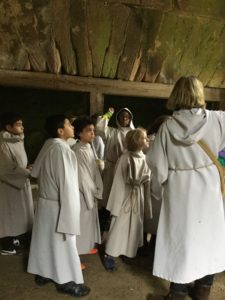

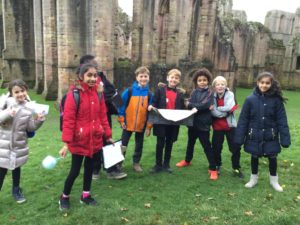
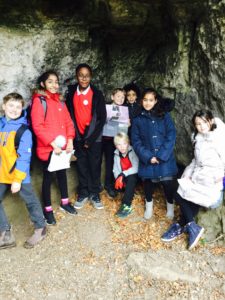
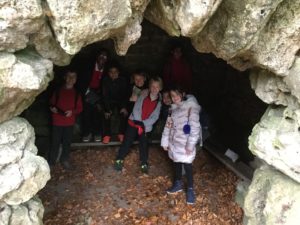
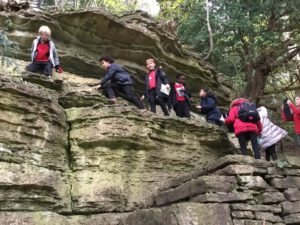
Phonics Mornings
Don’t forget to attend one of our phonics lessons this week.
Please join us on Wednesday, Thursday or Friday morning to see your child learn.
Don’t worry if you haven’t signed up yet – just come along!
See you there!
Identity
Our Living and Learning theme this half-term is Identity. Pupils will learn about their rights and responsibilities, what makes themselves and others special, valuing the similarities and differences between themselves and others and what is meant by community. This will be taught through our Living and Learning sessions and also two focused weeks – Anti-bullying week (13 November) and Who do you think you are? (20 November).
Our full Living and Learning long term plan is now available on the health pages and you can keep up to date with our weekly Living and Learning statements on the parent noticeboard in the playground and also on the school calendar.
Our new school council
Congratulations to our new school councillors!
We had a record number of candidates this year and there were some very close votes but here are our winning candidates.
Their first meeting will be on Wednesday 08 November.

Well done to all children who prepared a speech. We hope they don’t feel too despondent and are resilient to have another go next time.
Final school council project
Back in July, our Year 5 and 6 school councillors attended the Leeds Youth Voice event at Leeds Civic Hall. They were very keen to share their experience back in school with the school council and also in a whole school assembly. The one idea they wanted to implement back at school was to have a friendship stop.
With the support of the rest of the school council, this is now in place!
This was a great project for the school council to work on as they came to the end of their time as school councillors. Representatives spoke to the whole school in assembly to explain how the friendship stop works.
Ask your child if they have seen the new sign and what they would do if they saw someone at the friendship stop.

Here is a note from Grace who was one of the school councillors that wanted to make this happen.
The friendship bus stop, which is new to our school, is a great chance to make new friends. It encourages people of all age groups to make sure that everyone has someone to play with. The bus stop is located above the bench closest to the entrance to the middle playground. We hope that this idea goes well and that every child uses this correctly. Your child should definitely know what the friendship stop is and how to use it in the right way because it has been discussed during our Friday assembly.